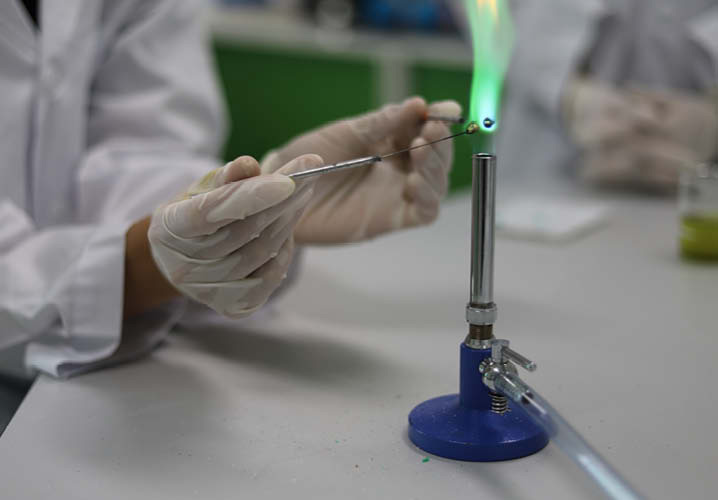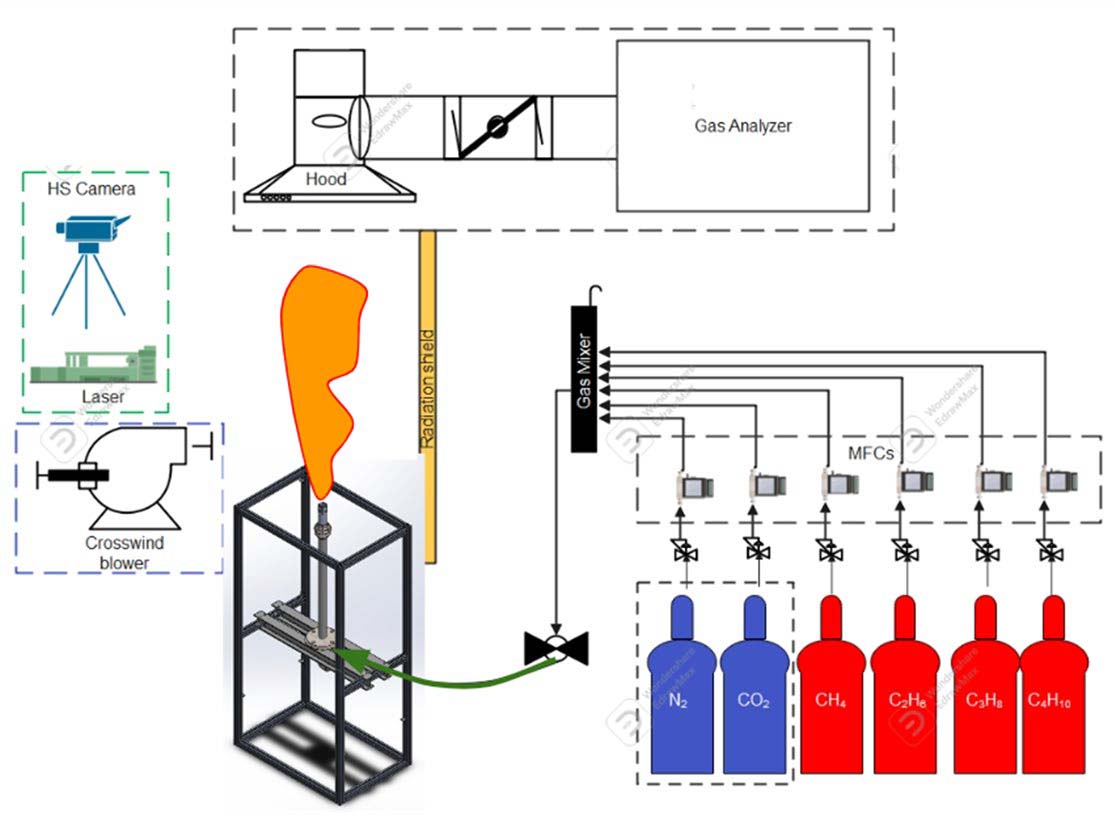· case studies · 2 min read
Reforming flare gases to achieve near-zero methane emissions
University of Minnesota is developing a plasma-assisted in-situ gas reforming, ignition, and flame stabilization system to achieve near-zero methane emissions

University of Minnesota (UMN) is working with Department of Energy’s Advanced Project Research Agency for Energy (APRA-E) aiming to develop a plasma-assisted in-situ flare gas reforming, ignition, and flame stabilization system for small (typical tip diameter 6-inches, flow rate 100,000 scf/day) unmanned pipe flares that operate with and without a pilot. Currently, unregulated pipe flares are one of the largest sources of methane emissions in the US as the methane destruction efficiency of these flares has a wide range, 80-99%, depending on the vent gas compositions and atmospheric conditions (wind, outside temperature, etc.). UMN plasma-assisted flame reforming system could improve flare destruction and removal efficiency to ≥ 99.5%, producing near-zero methane emissions during operation. The proposed technology has the potential to eliminate 3.8 – 15.1 million metric tons of CO2 equivalent methane emissions (28 – 72% reduction of the existing emissions) per year from flare operation.
UMN technology relies on plasma discharges to enhance fuel reactivity by producing highly energized electrons, active metastable species, and intermediate hydrocarbon species with higher chemical reactivity enabling cleaner burning. For example, plasma discharges in desiccated air produces highly reactive radicals (e.g., O, OH, etc.) and reactive species (e.g., ozone), while in gaseous fuel (e.g., methane) produces a variety of hydrocarbons like ethane, ethylene, acetylene, cyclopropane, propylene, hydrogen, etc. Hydrocarbons like ethylene, acetylene, and hydrogen, which are highly reactive compared to methane, enhance the overall mixture reactivity and dramatically increase the destruction and removal efficiency of the flare vent gas.
 Figure 1 UMN lab scale flare and gas supply system
Figure 1 UMN lab scale flare and gas supply system
UMN is currently setting up a lab scale flare burner (Figure 1) that is 1:4 turndown scaling of an actual field flare. In order to mimic the field flare vent gas composition of a range of heating values at various flow rates, UMN system requires mixing of several fuels (methane, ethane, propane, butane) and diluents (nitrogen, carbon dioxide) in a precise fashion. Alicat Scientific, Inc.’s integrated FusionFlow MixModule provides an easy solution to prepare complex gas mixtures on-demand. Fusion Flow’s proprietary MixModule brain unit/pressure sensing device can help control any changes in the flow rate in real time. More importantly, factory-calibrated Alicat mass flow controllers and pressure sensing device makes the gas mixing easy yet robust enough to conduct this project.